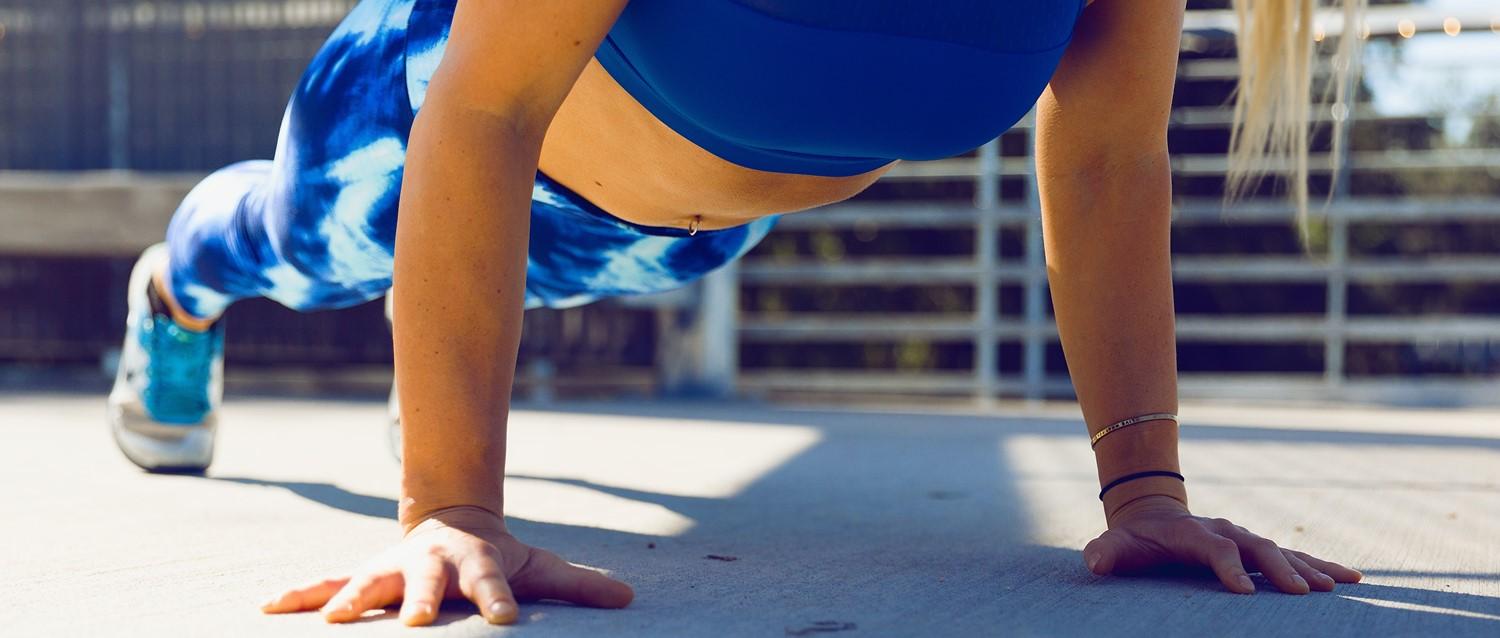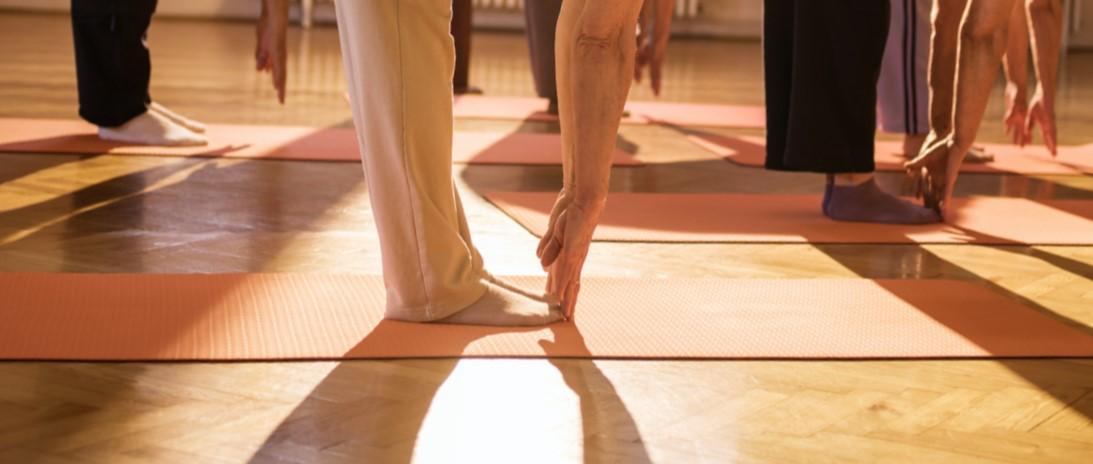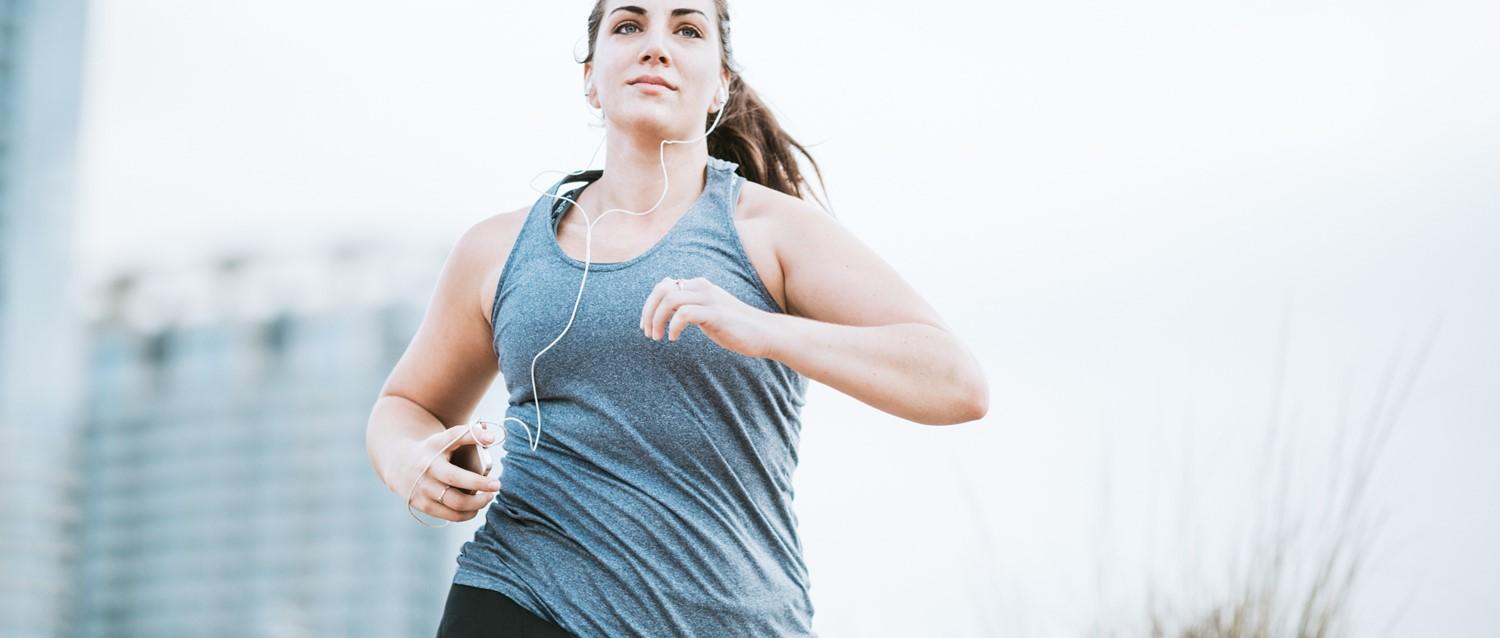
How to strengthen your core
Peer reviewed by Dr Sarah Jarvis MBE, FRCGPAuthored by Amberley DavisOriginally published 18 Jan 2022
Meets Patient’s editorial guidelines
- DownloadDownload
- Share
- Language
- Discussion
When it comes to building muscle, improving your core muscle strength has benefits that extend beyond toned abs. Core strength exercises can also give you better balance, stability and good posture, and prevent or treat back pain. Better still, they can be performed in the comfort of your home, and there are many to choose from and incorporate into your exercise routine.
In this article:
Continue reading below
What is core strength?
When people talk about core strength, most think about the abdominal muscles located in your stomach region. In fact, your core muscles include numerous muscles throughout your body including your trunk, chest, back, and glutes.
Your core strength is involved in almost every movement you make, whether your core muscles initiate a move, provide crucial stability, or transfer force to other parts of the body. Most of these muscles are located around your trunk, protecting and holding your internal organs in place.
The main core muscles
These include:
Transverse abdominis - the deepest of the abdominal muscles located between the ribs and pelvis. It supports the torso, stabilising both the spine and pelvis which is needed for any movement of the limbs.
Multifidus - located on either side of the spinal column providing it with stability.
External obliques - one of the outermost abdominal muscles contributing to a wide range of essential functions, such as twisting and rotating the spine.
Internal obliques - found on the sides of the abdomen and also involved in rotation and bending as well as reducing chest volume during exhalation.
Erector spinae - formed of three muscles that extend up the spine, helping to straighten and rotate the back.
Diaphragm - separates the abdomen from the chest and contracts when you inhale.
Pelvic floor muscles - located across the bottom of the pelvis, these muscles stabilise the spine, aid lifting and straining, and support the bladder, bowel, and uterus (in women).
Rectus abdominis - a muscle that reaches across the anterior abdominal wall from the rib cage to the pubic bone, also commonly known as the abs. Supports movement in this region, tensing the abdomen wall and flexing the spinal column.
Minor core muscles - the latissimus dorsi muscles (lats) connect the arms to the vertebral column; the gluteal muscles (glutes) support the lower back, pelvic alignment, and propulsion during walking and running; the trapezius (traps muscles) help to move the head, neck, arms, shoulders, and torso and support the spine.
Why is core strength important?
Your core muscles are crucial in most physical activities. Therefore, learning how to strengthen your core has benefits that extend far beyond achieving a particular aesthetic, such as creating 'six-pack abs'.
"Building your core strength is essential for maintaining your posture, balance, and muscles, all of which provide you with the strength and mobility needed for daily life," explains Louise Richardson, regional clinical lead at Total Physio.
The fitness experts at Core Balance also highlight how essential the core muscles are in everyday life: "Although it can be easy to forget, the core enables you to perform many movements such as reaching for items on a higher shelf, bending to tie your laces, and carrying items," says online director Josh Piercy.
Creating strong abdominal muscles through core strength training can also aid sporting performance by reducing the risk of muscle and joint injuries.
Continue reading below
How do I strengthen my core?
If you are wondering how to strengthen your core, the good news is that it’s possible to do this from the comfort of your own home. Core strength training can also be performed without exercise equipment. For home workouts you may want to invest in an exercise mat as many exercises involve lying or sitting on the floor.
This said, choosing to incorporate weights can increase both difficulty and core strength. If you are a beginner, it's important to do this gradually in order to avoid injury. As your core muscles become stronger, one way of doing this is to add equipment into your exercises.
"By holding a dumbbell while performing sit-ups, the difficulty will be increased and lead to better results," advises Piercy. "Furthermore, a balance board can be used when performing plank holds, challenging your balance and requiring your abdominal muscles to contract further."
Core strengthening exercises
There is a wide range exercises that build core strength. It is recommended that you use a combination of exercises to achieve the best results. The following are some of the most common core exercises you can do.
Sit-ups
What: one of the most commonly known core exercises, sit-ups involve lying face-up with your knees bent at a 90° angle and your feet on the floor. You engage your core by lifting your upper body off the ground towards your knees, holding for a moment, and slowly lowering back down.
Why: sit-ups mainly work the abdominals as well as the hip flexors, lower back, chest, and neck.
Crunches
What: for a standard crunch, start in the same position as a sit-up and then lift your shoulders and head off the floor, hold, and return.
Why: while this doesn't engage as many core muscles as a sit-up, the intense muscle isolation can help to tone the upper abdominals, creating the six-pack ab effect.
Plank holds
What: to perform a plank hold, face the floor and then hold the trunk part of your body off the ground in a straight line, only touching the floor with your toes and your forearms (which should be positioned shoulder-width apart). Hold for 30-60 seconds, depending on difficulty level.
Why: plank holds enlist multiple core muscle groups at the same time, whilst also working the shoulders and arms.
Leg raises
What: a leg raise starts by lying face-up with your legs straight and together. Keeping them straight, lift your legs until your bottom raises off the floor, slowly lower them until they are hovering just above the floor, and hold for a moment.
Why: this exercise targets your lower abdominals and improves the strength and flexibility of your hips and lower back.
Russian twists
What: to perform a Russian twist, sit on the floor with your legs bent slightly at the knee and heels touching the ground. To engage your core, lean back slightly so that your torso and legs form a V-like shape, and then slowly twist your torso from side to side without moving your legs.
Why: engaging all the muscles in your core, the Russian twist is a total core-strengthening exercise that improves your balance, builds muscle in your mid-section, and increases spinal stability.
Pilates
What: inspired by yoga, calisthenics, and ballet, Pilates is a series of exercises "designed to build strong, lean muscles and create length in the body", says Rebecca Convey, fitness expert and owner of Kinetic Pilates.
Why: Convey summarises the benefits: "Pilates helps to lift your core in and up, create a lifted spine and a long narrow waist. By using the correct muscles, you will not only stand taller with better posture, but your abdominals will become stronger.
"Flexibility can be gained in the chest, shoulders, and spine, giving you more access to good posture and the ability to correctly activate your core."
Continue reading below
Weak core strength problems
How do you know if you have a weak core? Richardson says: "You most likely have a weak core if you are suffering from lower back pain, poor posture, shortness of breath, or an uneven balance. This is because these alignments/issues can impact your muscles and ability to retain a strong core."
Balance and instability
Strong and flexible core muscles act as the scaffolding holding you together; the stronger they are, the better balance and stability you have. This is what allows you to move in any direction or to stand still without losing your balance. As such, core strength training is proven to improve core stability and this can reduce your risk of falls and injuries during both sports activities and everyday tasks.
Poor posture
If your core muscles are weak, you are also more likely to slouch and develop poor posture. In turn, this can lead to your core muscles becoming less efficient as they need more energy to move, resulting in a cycle that's hard to break.
As well as causing some of your muscles to work harder while others become weak, poor posture can lead to back pain, make you more susceptible to muscle injuries, and increase wear and tear on your spine and joints.
Back pain
Poor balance and posture are a common cause of lower back pain, a problem that can be hugely debilitating. Experts have found that core stability can impact load balance within the spine, pelvis, and kinetic chain (the connected series of joints that create and enable movement).
Importantly, core strength training has been found to be more effective than typical resistance training for alleviating chronic low back pain. Healthcare professionals may prescribe core strength training in order to build core stability and alleviate persistent lower back pain.
Patient picks for Exercise and physical activity

Healthy living
How to become more flexible
The word flexibility conjures up an image of an advanced yogi becoming tied up in knots. But the truth is, flexibility is something we all need to think about. However fit you are, if you neglect your flexibility, you leave yourself more prone to injury or find yourself unable to perform daily tasks as you age.
by Gillian Harvey

Healthy living
How to get over your fear of exercise
The benefits of physical activity are well known. In the short term, doing some exercise can improve your mood and help you sleep better, as well as giving you a sense of accomplishment. Over the longer term, it can lower your risk of many chronic diseases, help keep your weight under control and strengthen your muscles and bones.
by Abi Millar
Continue reading below
Article history
The information on this page is peer reviewed by qualified clinicians.
18 Jan 2022 | Originally published
Authored by:
Amberley DavisPeer reviewed by
Dr Sarah Jarvis MBE, FRCGP

Ask, share, connect.
Browse discussions, ask questions, and share experiences across hundreds of health topics.

Feeling unwell?
Assess your symptoms online for free
Sign up to the Patient newsletter
Your weekly dose of clear, trustworthy health advice - written to help you feel informed, confident and in control.
By subscribing you accept our Privacy Policy. You can unsubscribe at any time. We never sell your data.